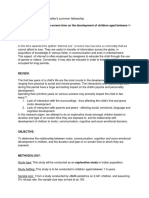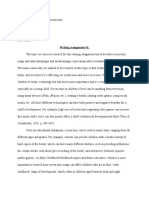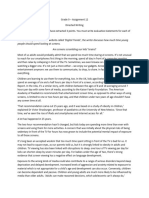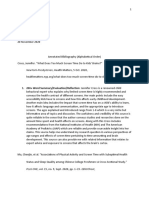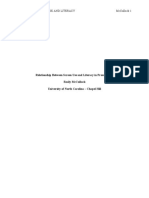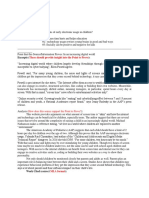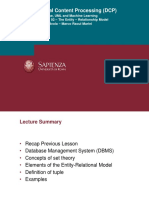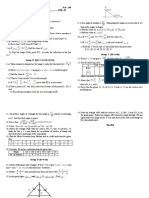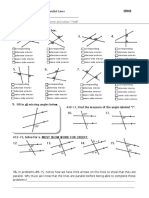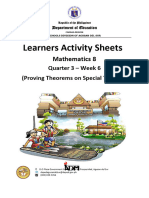0% found this document useful (0 votes)
8 views3 pagesGroup Project #4 - In-Class ExerciseMGC
The article explores the impact of screen time on children's language, educational skills, and social functioning, particularly focusing on children aged 0-8. It finds that increased screen time correlates with difficulties in these areas, supporting the claim that early exposure to screens can negatively affect development. The study's strengths include its longitudinal approach, while its limitations involve a lack of diverse geographical representation and unassessed participants.
Uploaded by
miragcart07Copyright
© © All Rights Reserved
We take content rights seriously. If you suspect this is your content, claim it here.
Available Formats
Download as DOCX, PDF, TXT or read online on Scribd
0% found this document useful (0 votes)
8 views3 pagesGroup Project #4 - In-Class ExerciseMGC
The article explores the impact of screen time on children's language, educational skills, and social functioning, particularly focusing on children aged 0-8. It finds that increased screen time correlates with difficulties in these areas, supporting the claim that early exposure to screens can negatively affect development. The study's strengths include its longitudinal approach, while its limitations involve a lack of diverse geographical representation and unassessed participants.
Uploaded by
miragcart07Copyright
© © All Rights Reserved
We take content rights seriously. If you suspect this is your content, claim it here.
Available Formats
Download as DOCX, PDF, TXT or read online on Scribd
/ 3


